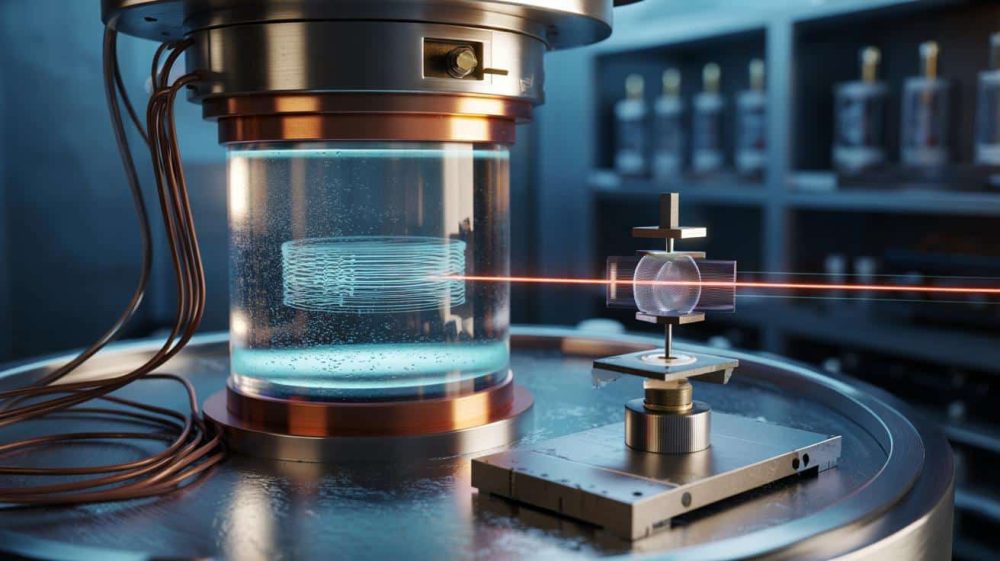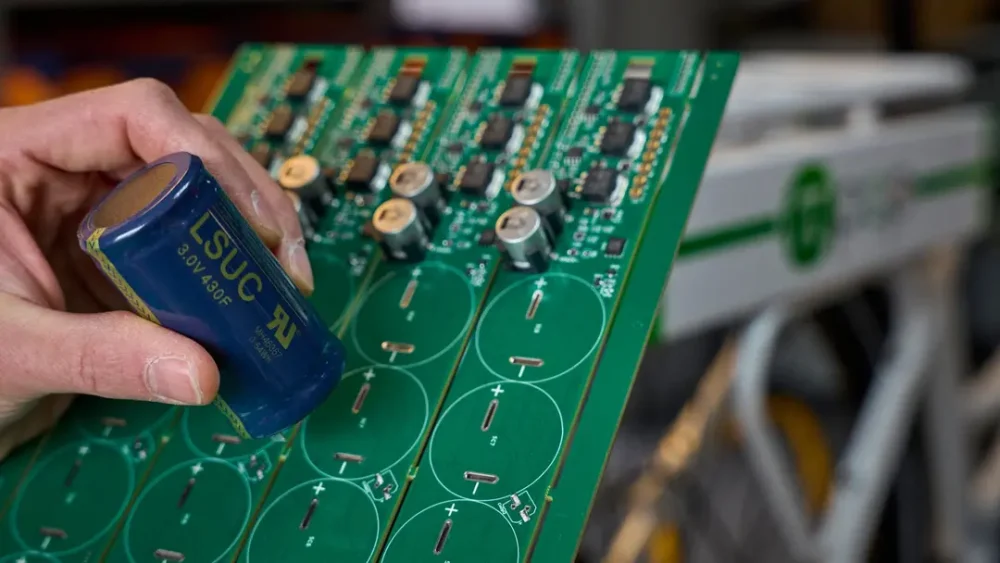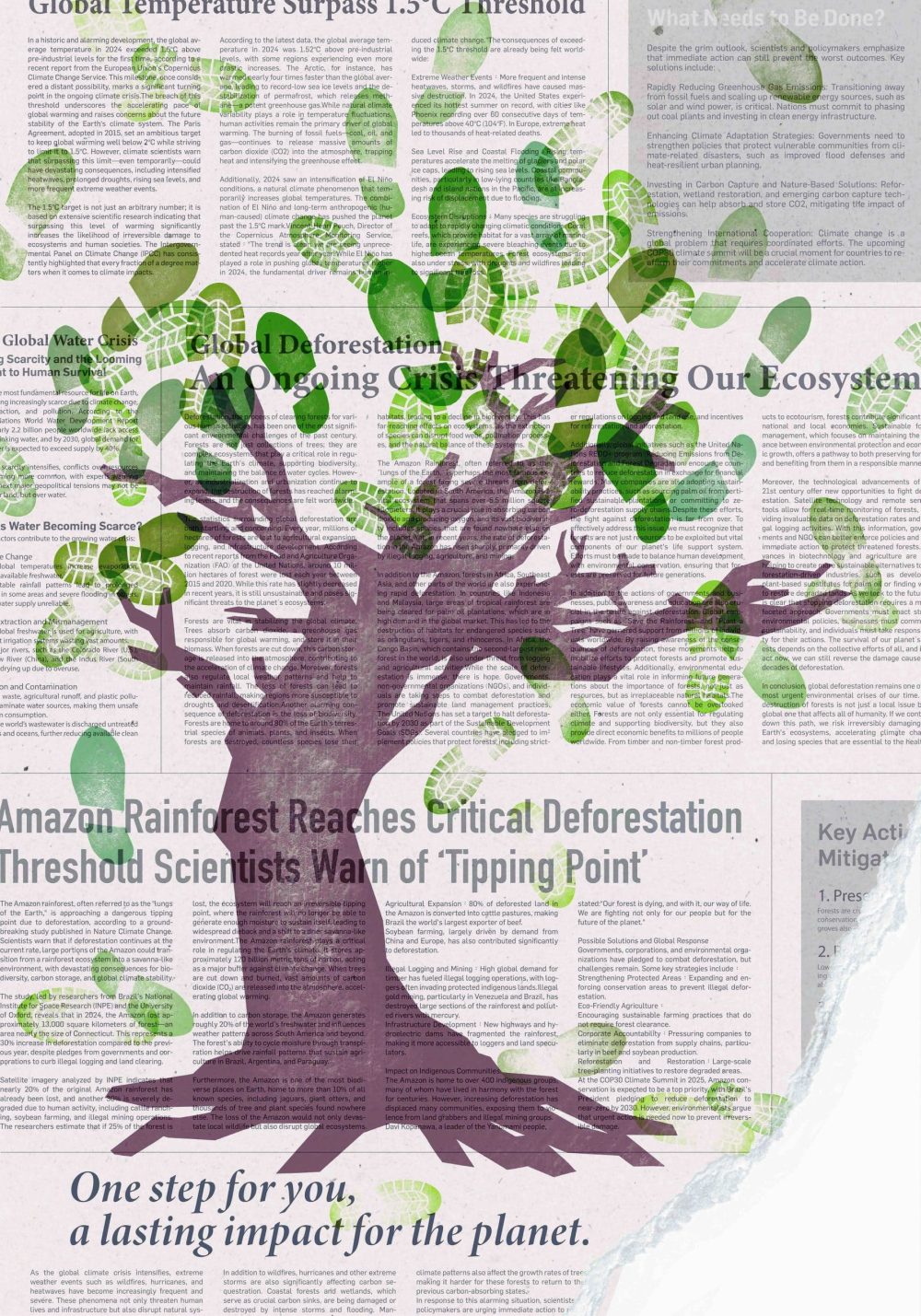Finnish scientists have achieved a major milestone in quantum physics by creating the first time crystal that can interact with an external mechanical system without falling apart, a feat that even Google’s landmark 2021 experiment could not accomplish. The breakthrough could dramatically extend the lifetime of quantum information, opening the door to quantum memory lasting minutes rather than milliseconds.
The results were published in Nature Communications on October 16.
What the Aalto Team Accomplished
Researchers at Aalto University’s Low Temperature Laboratory created a continuous-time crystal using magnons, tiny collective spin waves, in superfluid helium-3. The material was cooled to microkelvin temperatures, just a fraction above absolute zero. A quick pulse generated magnons that self-organised into a stable, rhythmic state that persisted for several minutes.
In quantum physics, a time crystal is a phase of matter that repeats in time rather than in space. Once formed, it keeps ticking with no additional energy input, acting like a perfect oscillator.
The First Mechanical Interaction — Without Destroying the Crystal
Time crystals are notoriously fragile. In Google’s 2021 demonstration using superconducting qubits, the time crystal had to be completely isolated from the outside world to survive. Any interaction would disrupt the quantum state.
The Finnish team broke this limitation.
They placed a tiny mechanical oscillator, a vibrating device, near the time crystal. Instead of collapsing, the crystal locked its rhythm to the mechanical motion, remaining coherent for minutes. This is the first confirmed example of a time crystal “talking” to real hardware while staying stable.
“This shows that you can couple a time crystal to another system and harness its inherent robustness,” said Jere Mäkinen, co-author of the study.
Why This Matters for Quantum Computing
Today’s quantum computers can only store information for a few milliseconds before environmental noise destroys the quantum state. Because the magnon time crystal remained stable for minutes, even while interacting with another device, it could serve as a new kind of long-duration quantum memory.
A mechanical wave can slightly shift the time crystal’s frequency, leaving a detectable imprint. In principle, this allows quantum data to be “written” into the time crystal’s oscillation.
Longer-lasting quantum memory could allow more complex computations, reduce error-correction overhead, and create more scalable systems.
Beyond Quantum Memory: New Engineering Possibilities
The interaction resembles optomechanics, a field where light nudges tiny mirrors or resonators. This opens doors to future applications such as:
- Ultra-stable frequency references for sensors and navigation
- Low-energy quantum sensors that detect environmental changes
- Hybrid quantum devices where time crystals act as timing or filtering modules
- Highly sensitive gyroscopes or magnetometers
Because mechanical resonators can be fabricated on chips, the results hint at future time-crystal-based components integrated into quantum hardware.
The Road Ahead
The experiment still requires extreme cryogenic temperatures, and scaling up the system remains a challenge. But researchers say the next steps include pairing time crystals with nano-resonators, building multi-crystal networks, and testing the approach with superconducting qubits or photonic systems.
For now, Finland has pushed the field forward: a once-theoretical phase of matter has taken its first step toward becoming a real engineering tool.


